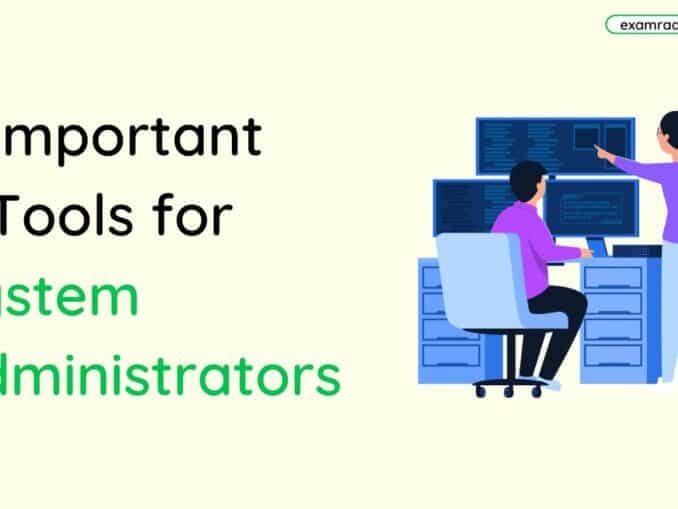Question: The process of changing the software version from OLD to New is known as?
Answer:
The process of changing the software version from an old version to a new version is commonly known as "upgrading" or "updating" the software. These terms are often used interchangeably, but there can be slight differences in their usage depending on the context.
Upgrading or updating software typically involves installing a newer version of the software that includes bug fixes, performance improvements, new features, or security patches. The process may vary depending on the software and the specific upgrade mechanism provided by the software developer.
In general, upgrading software involves the following steps:
1. Obtaining the new version: Downloading the latest version of the software from the official website or a trusted source. This can be done manually or through an automated update mechanism built into the software.
2. Backing up data: It is recommended to back up any important data or settings associated with the software before performing an upgrade. This helps to avoid potential data loss or conflicts during the upgrade process.
3. Uninstalling the old version (optional): Depending on the software, it may be necessary to uninstall the old version before installing the new version. Some software may allow for an in-place upgrade without requiring the removal of the previous version.
4. Installing the new version: Running the installer for the new version of the software and following the prompts to complete the installation process. This may involve accepting license agreements, specifying installation options, and choosing the installation location.
5. Configuration and migration (if applicable): After the installation, configuring the software and migrating any necessary data or settings from the old version to the new version. This step may involve importing preferences, transferring user data, or performing other migration tasks.
6. Testing and validation: Verifying that the upgraded software is functioning correctly and that all desired features and data are intact. This may involve performing tests, checking compatibility with other software or hardware, and ensuring that the expected improvements or changes are present.
It's important to note that the specific steps and terminology used for upgrading software can vary depending on the software itself and the developer's documentation and instructions.
MCQ: The process of changing the software version from OLD to New is known as?
Explanation:
The process of changing the software version from an old version to a new version is commonly known as "upgrading" or "updating" the software. These terms are often used interchangeably, but there can be slight differences in their usage depending on the context.
Upgrading or updating software typically involves installing a newer version of the software that includes bug fixes, performance improvements, new features, or security patches. The process may vary depending on the software and the specific upgrade mechanism provided by the software developer.
In general, upgrading software involves the following steps:
1. Obtaining the new version: Downloading the latest version of the software from the official website or a trusted source. This can be done manually or through an automated update mechanism built into the software.
2. Backing up data: It is recommended to back up any important data or settings associated with the software before performing an upgrade. This helps to avoid potential data loss or conflicts during the upgrade process.
3. Uninstalling the old version (optional): Depending on the software, it may be necessary to uninstall the old version before installing the new version. Some software may allow for an in-place upgrade without requiring the removal of the previous version.
4. Installing the new version: Running the installer for the new version of the software and following the prompts to complete the installation process. This may involve accepting license agreements, specifying installation options, and choosing the installation location.
5. Configuration and migration (if applicable): After the installation, configuring the software and migrating any necessary data or settings from the old version to the new version. This step may involve importing preferences, transferring user data, or performing other migration tasks.
6. Testing and validation: Verifying that the upgraded software is functioning correctly and that all desired features and data are intact. This may involve performing tests, checking compatibility with other software or hardware, and ensuring that the expected improvements or changes are present.
It's important to note that the specific steps and terminology used for upgrading software can vary depending on the software itself and the developer's documentation and instructions.
Discuss a Question
Related Questions
- 1. Which option is chosen to rename any file or folder by right clicking on it?
- 2. To display page vertically in MS Word which of the option is used?
- 3. Which option you will choose to increase the font size in MS Word?
- 4. Which Network will be used to connect computers located in one room, building or premises?
- 5. Which side of the characters will be removed when pressing Delete Key in the Keyboard?
- 6. What is the short cut key for Thesaurus ?
- 7. How many bits used by computer to store one character?
- 8. SMPS stands for and Explain in detail
- 9. By using which of the functionality temporary files of the computer can be removed?
- 10. When creating new folder what is default name given by the computer?
You may be interested in:
Computer Basics MCQs






